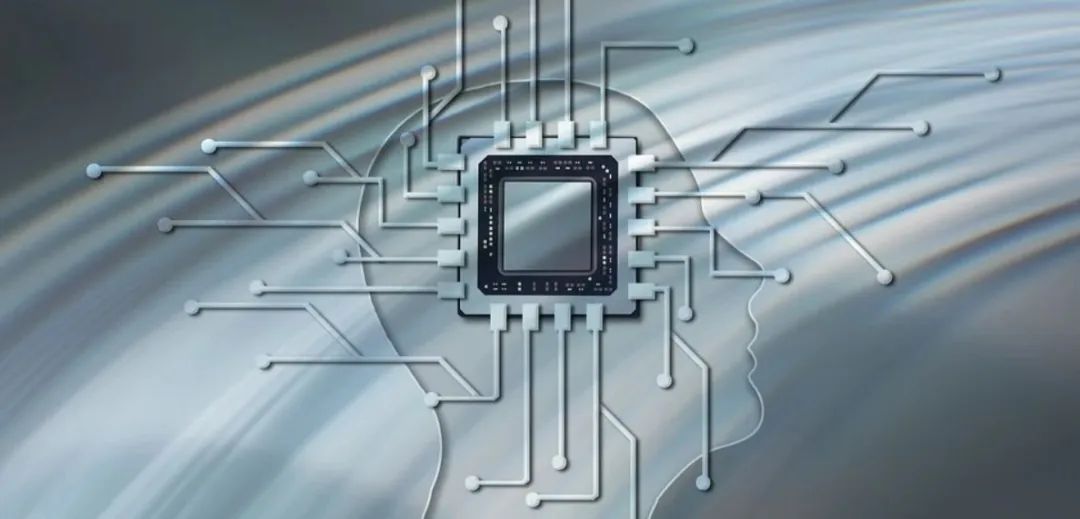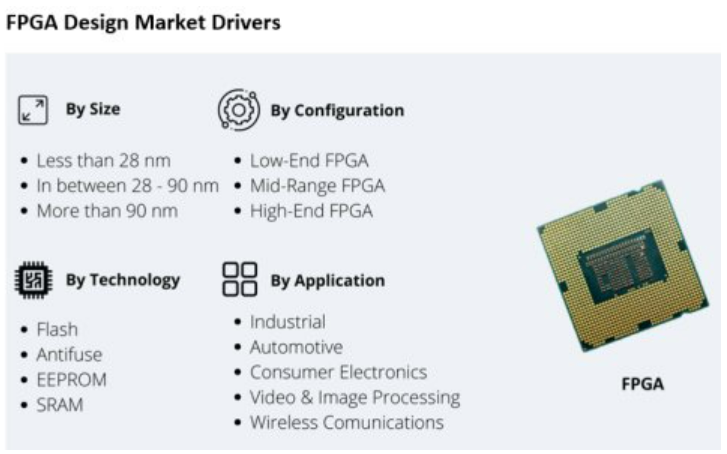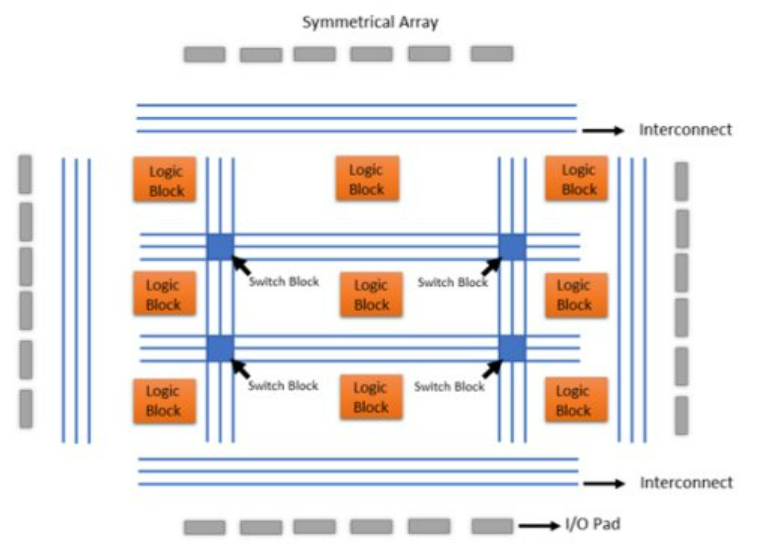
Due to its outstanding performance and versatility, FPGA (Field Programmable Gate Array) has attracted a wide range of enterprises. Furthermore, even after deployment, it has the characteristic of adopting new standards and modifying hardware according to specific application needs. On the other hand, “gate array” refers to the two-dimensional array of logic gates in the architecture. FPGAs are used in several applications that require complex logic circuits and are expected to change. FPGA applications cover medical devices, ASIC prototyping, multimedia, automotive, consumer electronics, and many other fields.
In recent years, the market share and technological innovation in the FPGA field have been growing rapidly. FPGAs provide advantages for solutions based on deep learning and artificial intelligence, including improvements in low latency and high throughput performance, as well as power efficiency. According to Mordor Intelligence, the global FPGA market was valued at $6.9581 billion in 2021 and is expected to reach $11.7518 billion by 2027, with a compound annual growth rate of 8.32% from 2022 to 2027.
Drivers of the FPGA Design Market

Global Market Drivers
Due to economies of scale, the nature of product supply, and cost metrics favorable to companies with low fixed costs, the FPGA market is highly competitive. Based on this size, the 28nm FPGA has advantages such as high-speed processing and high efficiency, and is expected to grow rapidly. These characteristics help it gain adoption across various industries, including automotive, high-performance computing, and communications. The increasing purchasing power in developing countries contributes to the rising demand for new devices, making the consumer electronics industry seem promising for FPGAs. Market participants are developing FPGAs for IoT devices, natural language processing (NLP), infotainment, multimedia systems, and various industrial intelligence solutions. Depending on application needs, low-end, mid-range, or high-end FPGA configurations can be chosen.
Overview of FPGA Architecture
A typical FPGA architecture design includes three types of modules. They are I/O blocks, switch matrices, and configurable logic blocks (CLBs). An FPGA is a semiconductor device composed of logic blocks coupled through programmable connections.

The logic blocks consist of lookup tables (LUTs) with a set of inputs, using basic memory (such as SRAM or Flash) to store Boolean functions. To support sequential circuits, each LUT is connected to a multiplexer and a flip-flop register. Similarly, many LUTs can be constructed to handle complex functions. Depending on the FPGA’s configuration, FPGAs are classified into three types: low-end, mid-range, and high-end. Xilinx’s Artix-7/Kintex-7 series, Lattice Semiconductor’s ECP3 and ECP5 series are some popular low-power and low-design-density FPGA designs. Meanwhile, Xilinx’s Virtex family, Microsemi’s ProASIC3 family, and Intel’s Stratix family are designed for high performance and high design density.
FPGA Firmware Development
Since FPGAs are programmable logic arrays, the logic must be configured to meet the system’s needs. Firmware is a collection of data providing configuration. Due to the complexity of FPGAs, dedicated FPGAs are designed using this software. Users initiate the FPGA design process by providing a hardware description language (HDL) definition or schematic design. VHDL (VHSIC Hardware Description Language) and Verilog are two commonly used HDLs. The next step in the FPGA design process is to develop a netlist for the FPGA series used. This is developed using electronic design automation programs and outlines the necessary connectivity within the FPGA. Afterward, the design is committed to the FPGA, allowing it to be used with electronic circuit boards (ECB) for creation.
Applications of FPGA
-
Automotive
FPGAs are widely used in automotive applications for LiDAR, constructing images using laser beams. They are used in autonomous vehicles for real-time evaluation of images of obstacles or road edges for obstacle detection. Additionally, FPGAs are extensively used in automotive infotainment systems for reliable high-speed communication within vehicles. They can enhance efficiency and save energy.
-
Communication Systems
FPGAs are widely used in communication systems to enhance connectivity and coverage, improve overall service quality, and reduce latency, especially when data changes are involved. Currently, FPGAs are extensively used in servers and cloud applications by enterprises.
-
Computer Vision Systems
These systems are becoming increasingly common in today’s world. Surveillance cameras, AI robots, screen/text readers, and other devices fall into this category. Many such devices require a system to detect their location, recognize surrounding objects and faces, and interact and respond appropriately. This functionality requires processing large amounts of visual data, building multiple datasets, and processing them in real-time, where FPGAs accelerate and expedite the process.
As the demand for real-time adaptive silicon grows with the next generation of machine learning, artificial intelligence, and computer vision, the FPGA market will continue to evolve. Due to its adaptive/programmable capabilities, the importance of FPGAs is expanding, making it an ideal semiconductor for dynamically training large datasets. It is expected to accelerate the workload and reasoning of artificial intelligence. Flexibility, customized parallelism, and the ability to reprogram for numerous applications are key benefits of using FPGAs to accelerate machine learning and deep learning processes.
Welcome to all angel round and Series A companies in the entire automotive industry chain (including the electrification industry chain) to join the group (Friendly connections include 500 automotive investment institutions, including top-tier institutions; a selection of quality projects will be presented to existing institutions based on themes)); There are communication groups for leaders of science and technology innovation companies, automotive manufacturing, automotive semiconductors, key components, new energy vehicles, intelligent connected vehicles, aftermarket, automotive investment, autonomous driving, vehicle networking, and dozens of other groups. To join, please scan the administrator’s WeChat (Please indicate your company name)
